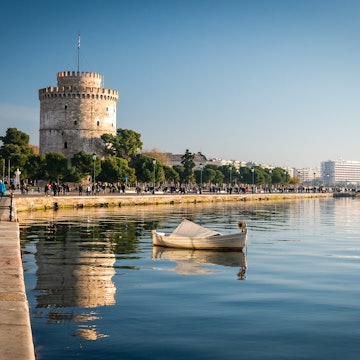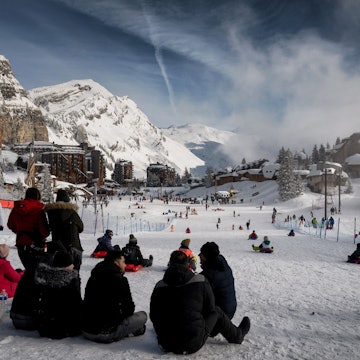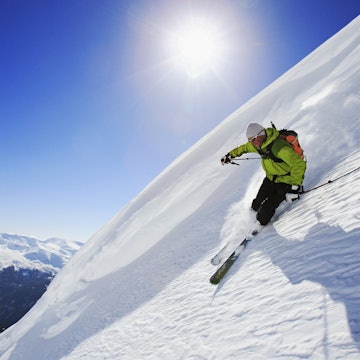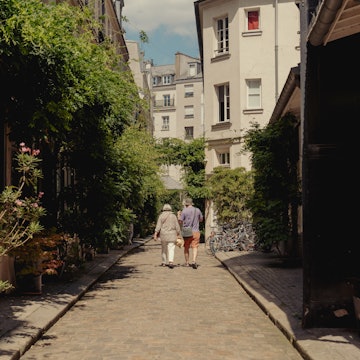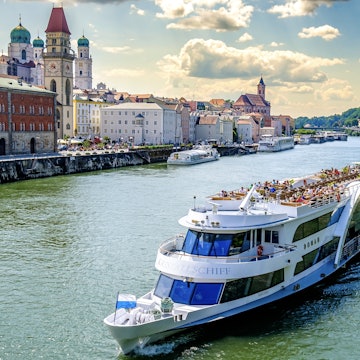

Todorka at Bansko. psv/Shutterstock
Bulgaria might not be the first place you think of for a ski trip. But this corner of the Balkans has some of Europe’s most genuine mountain experiences, a long skiing tradition and beautiful mountain towns. Skiing and snowboarding aren’t just for visitors – from quick weekend getaways near Sofia to whole seasons spent in the Pirin Mountains, snow sports are a big part of local culture.
I'm an avid snowboarder who spends my winters in the mountains, and Bulgaria's winter resorts are well worth a closer look. Here's how to make the most out of a skiing trip in Bulgaria.

What do I need to know before I go skiing in Bulgaria?
Bulgaria has three main ski areas – Bansko, Borovets and Pamporovo – that are easy to reach and suit all kinds of skiers, from beginners to those looking for a bit more challenge. The winter season usually runs from mid-December to mid-April, though it can vary depending on the snow and altitude.
English is widely spoken in the resorts, and starting in January 2026, the euro will become Bulgaria’s official currency. You can pay by credit card almost everywhere, though it’s still handy to keep a little cash at the ready for mountain huts and smaller cafes. The atmosphere in the resorts is friendly and relaxed, so even first-time visitors tend to feel at home quickly.
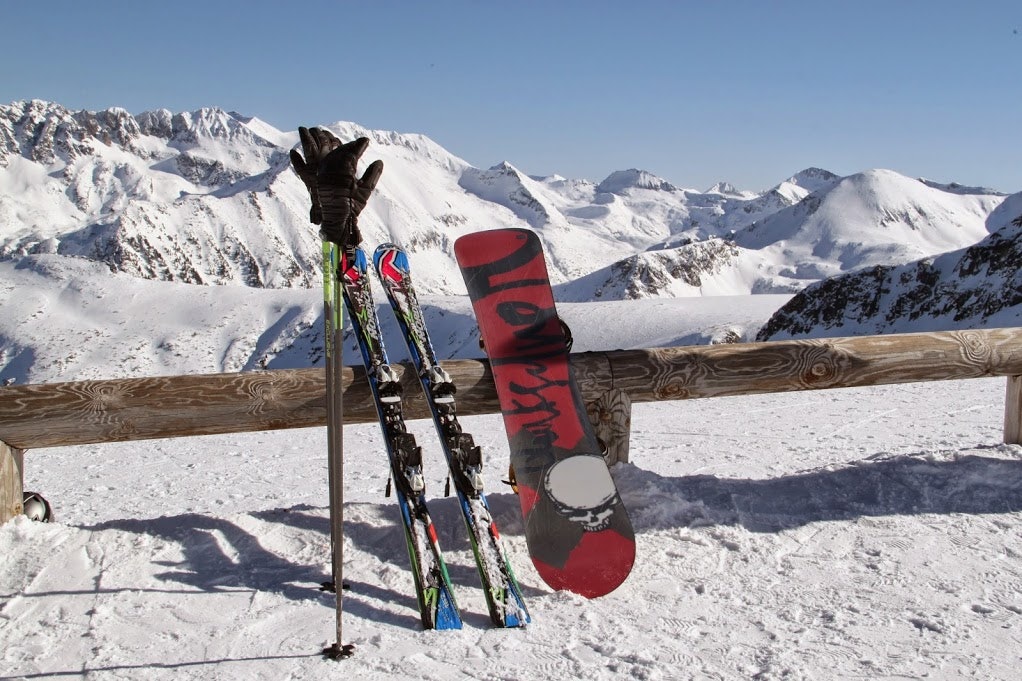
Where are the best places to ski in Bulgaria?
Bansko
At the foot of the Pirin Mountains, Bansko is Bulgaria’s biggest and most reliable ski resort. The lifts run on time, the slopes are well maintained, and there’s always a good mix of locals and visitors on the mountain. It’s a real town, not just a resort, with life that continues long after the snow melts.
Lonely Planet named Bansko one of the best destinations to travel to in 2025, and it’s easy to see why. The skiing is reliable, and the mix of nature, community and small comforts gives it a special appeal. For gear and lessons, shops such as Totem Ski Center and Tsakiris Ski are friendly and professional.
After a day on the slopes, many people head to Banya, a nearby village, for a soak in the hot mineral pools. Spots like Pulse Therme and Regnum are popular for a quiet afternoon of swimming and mountain views. Evenings usually start with dinner at a cozy mehana (tavern) like The House and Valevitsata and often end at one of the bars or clubs.

Borovets
Borovets is Bulgaria’s oldest ski resort, set high in the Rila Mountains but just about an hour’s drive from Sofia, making it an easy weekend escape. It’s also the only resort in the country that offers night skiing on weekends, with the slopes open and lit until late in the evening.
Most people stay in small hotels or chalets a short drive from the lifts, so having a car helps. The facilities are a little older than in Bansko, but the resort has a friendly, down-to-earth feel and usually good snow on the upper runs.

Pamporovo
In southern Bulgaria, Pamporovo sits in the Rhodope Mountains, an area known for gentle slopes and plenty of sunshine. It’s about a 3-hour drive from Sofia, which makes it a bit further than the other major resorts but worth the journey for its peaceful atmosphere.
Pamporovo is a popular choice for families and beginners, thanks to its easy terrain and welcoming ski schools. The Rhodopes have a strong local culture, with distinctive music, folklore and food. Visitors can try dishes such as patatnik (a baked potato pie) and cheverme (spit-roasted lamb) in small village restaurants. The slower pace and friendly character here make Pamporovo a gentle and enjoyable introduction to skiing in Bulgaria.

Other ski resorts in Bulgaria
Beyond the main resorts, a few smaller ski areas in Bulgaria still attract loyal locals and curious visitors. Vitosha, the mountain overlooking Sofia, is the easiest to reach – you can be on the slopes within an hour of leaving the city. It’s great for a quick ski day, though the runs are short, the infrastructure is old, and the lifts can close when it’s windy.
Further south, Chepelare, near Pamporovo, has one long piste and a warm, familiar feel. Many Bulgarians learned to ski there and return each winter out of habit and affection. Then there’s Dobrinishte, about half an hour from Bansko. It has one old lift and a single piste, but its charm lies in the quiet mountain atmosphere, the small hut that serves as a base for skiers and the lively backcountry scene.

When is the best time to go skiing in Bulgaria?
The most crowded time is February, when local and international holidays overlap. Those who prefer a calmer experience should aim for March or early April, when days are longer and the snow is still good.
The season usually continues until mid-April, and backcountry riders sometimes find fresh lines into late spring. Early winter (December and January) brings colder temperatures and the best snow at higher elevations.
Is there backcountry skiing in Bulgaria?
Yes. Bulgaria has a lively backcountry and splitboarding community, especially in the Pirin and Rila Mountains. Groups like Split the Mountain and Skiato organize small tours with English-speaking local guides that focus on both safety and technique. Every March, free riders come together for the Splitboard Festival, a relaxed community event that celebrates Bulgaria’s off-piste terrain.
Backcountry skiing always carries some risk. Always go with a local guide and check the latest avalanche reports from Avalanche Bulgaria, which provides detailed updates for the Pirin region.

How much does it cost to ski in Bulgaria?
Lift pass prices in Bulgaria are now close to those in smaller Alpine resorts, but the overall cost of a trip remains a good value. Day passes are around €50–60, with discounts for multiday tickets, while season passes start roughly at €800.
Lodging and meals are still affordable, compared with many European ski destinations, especially for longer stays. Travelers can choose from family-run guesthouses to larger spa hotels, and restaurants serve generous portions at moderate prices. The hot springs found around many mountain towns add even more value to a Bulgarian ski trip.
Is skiing in Bulgaria safe?
Skiing in Bulgaria is generally safe, with professional mountain rescue teams and reliable medical care at all of the major resorts. It’s important to make sure that your travel insurance covers skiing and, if you plan to go off piste, backcountry coverage as well.
Resorts have marked trails and clear signage, so sticking to designated areas will keep you out of trouble. For those exploring beyond the main slopes, going with a local guide is the best way to stay safe and make the most of Bulgaria’s mountains.
What to pack for skiing in Bulgaria
Most resorts have equipment rental shops with skis, snowboards, helmets and goggles, and in some places, you can even rent jackets and pants. Still, it’s best to bring your own warm layers, sunglasses and swimwear for the thermal pools. Temperatures can change quickly during the day, so packing a few lighter pieces to layer is always a good idea. A pair of sturdy winter boots will also come in handy for walking around the resort towns.






